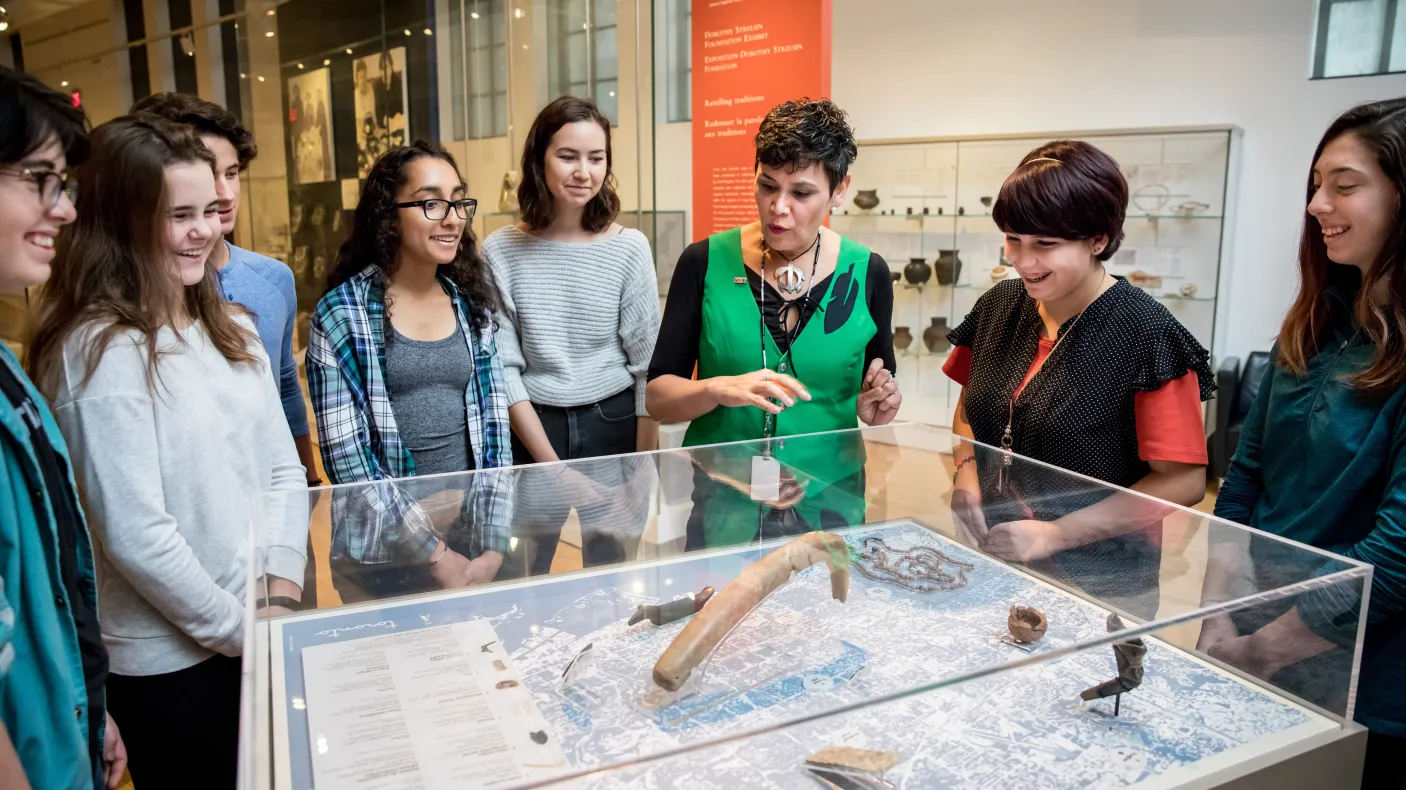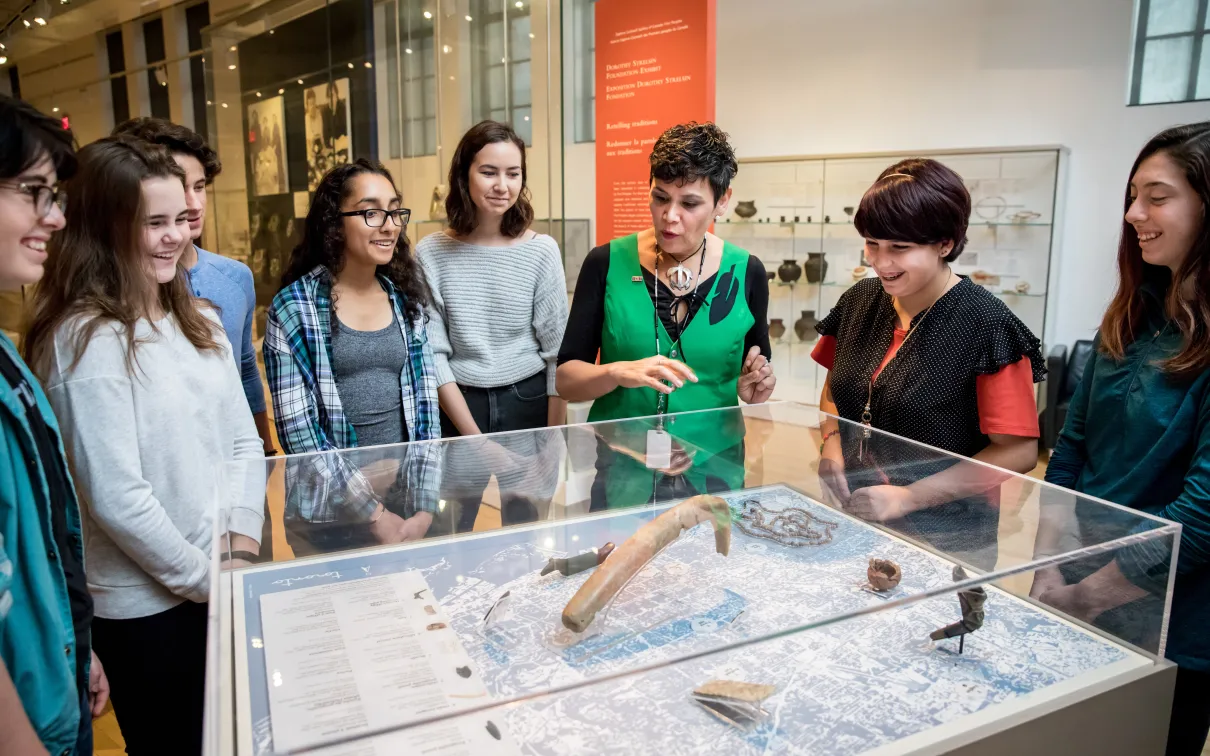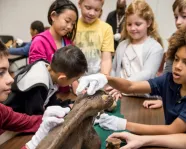Now Known as Canada
Category
Duration
Audience
Age
Grades
Subjects
About this lesson
The country now known as Canada, like all countries, has a messy past. But we can learn from history and move forward with deeper understandings.
The country now known as Canada, like all countries, has a messy past. But we can learn from history and move forward with deeper understandings. Join a Museum Educator to learn more.
Elementary grades will focus on the significance of some of the major events, people, and themes in the nation’s colonial history. Different viewpoints and competing interpretations will be explored, as well as how the events of the past continue to affect Indigenous-settler relationships today.
Secondary grades will focus on issues of sustainability, population movements, and inequality that are rooted in past relationships, events, and actions driven by policies and perspectives of the time. Student will explore key events, discuss modern reverberation, and start to develop a class plan of action of how to engage with these issues in their communities.
| Delivery Language | This lesson is offered in English and French. |
| Activities |
|
| Galleries/Location | First Peoples Art & Culture, Life in Crisis |
| Format | Gallery & Classroom Lesson |
| Pricing | $18.50/person |
| Minimum Group | 15 |
| Maximum Group | 35 |
Learning Goals
Examine the significance of key events, people, and policies in Canada’s colonial history, with particular attention to Indigenous experiences and perspectives.
Explore how historical events are understood differently depending on perspective, and how sources shape our interpretation of the past.
Understand how past relationships and actions continue to influence present-day Indigenous-settler relations, social inequalities, and efforts toward reconciliation.
Target Classes
Depending on the examples the ROM Educator decides to focus on, links may include:
| Grade 3 |
|
| Grade 5 |
|
| Grade 6 |
|
| Grade 7 |
|
| Grade 8 |
|
| Grade 9 |
|
| Grade 10 |
|
| Grade 11 |
|
| Grade 12 |
|


